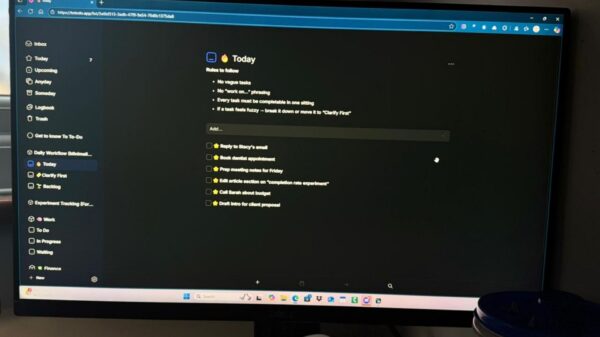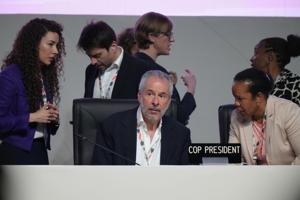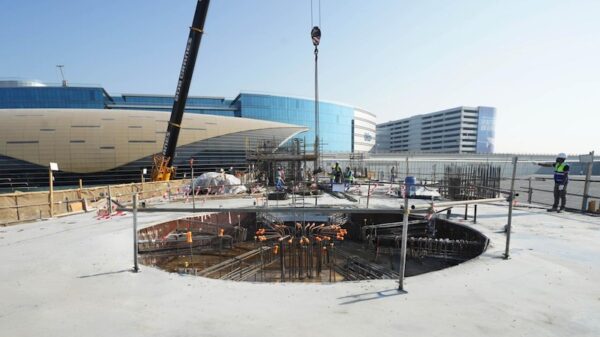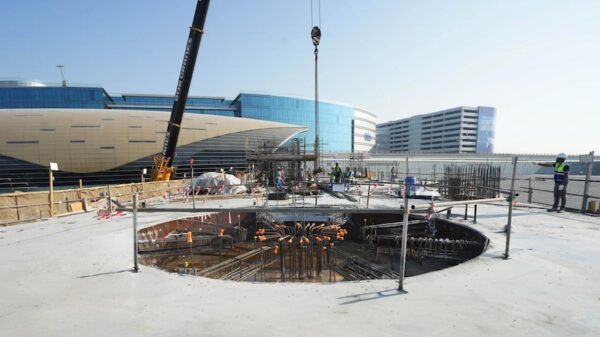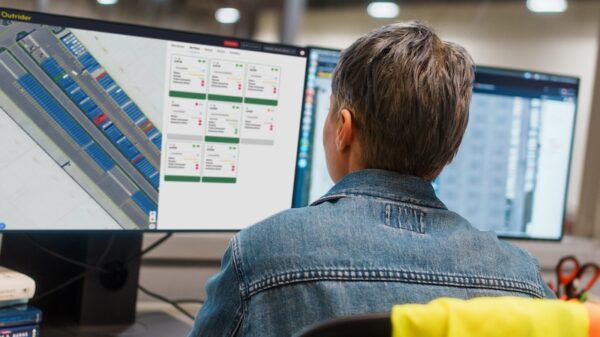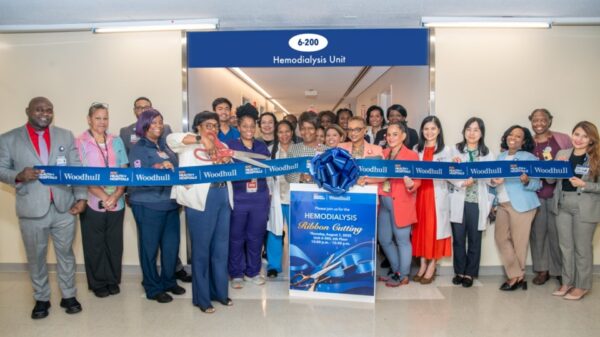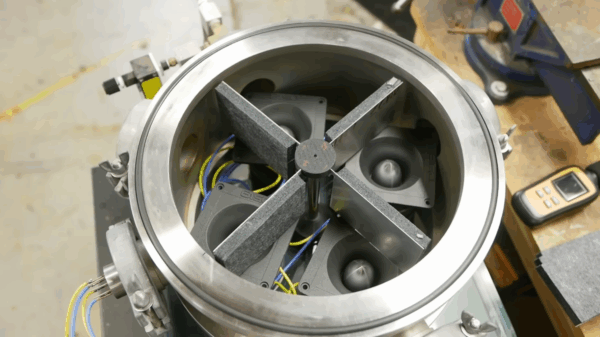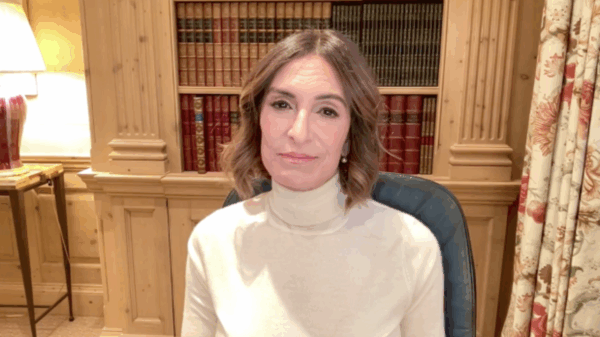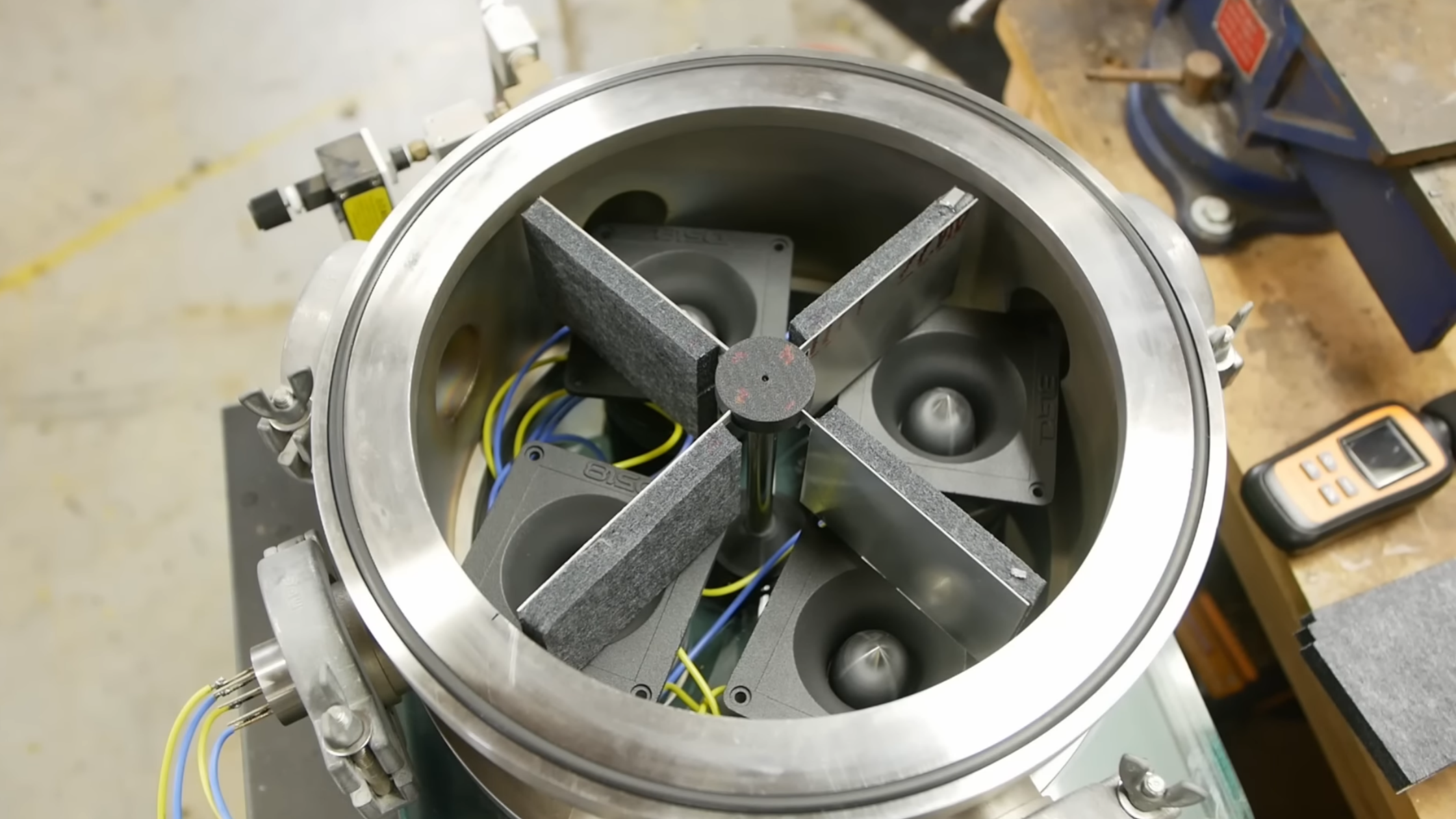A new approach to radiometry has emerged as inventor Ben Krasnow successfully built an acoustic radiometer that operates using sound waves rather than traditional light. This innovative device challenges common assumptions about the mechanics of radiometers, particularly the Crookes radiometer, which many believe is driven by radiation pressure.
The Crookes radiometer, often mischaracterized, relies on the heating of its vanes when illuminated. The heated vanes then interact with gas molecules, leading to movement in the opposite direction. Krasnow’s design, however, utilizes sound waves to create pressure differences that induce rotation. He constructed two sets of vanes from laser-cut aluminum, each equipped with sound-absorbing foam on one side. These vanes were mounted on a jewel bearing sourced from an analog voltmeter and positioned above four speakers in a sealed acoustic chamber.
To test the radiometer, Krasnow played a powerful 130-decibel white noise through the speakers. The aluminum sides of the vanes, which reflected sound more effectively, experienced greater pressure than their foam counterparts, resulting in a noticeable spin. His experiments demonstrated that the orientation of the foam significantly influenced the direction of the spin, confirming that the pressure difference was responsible for the motion, not an acoustic streaming effect.
To ensure the longevity of the speakers during high-volume tests, Krasnow monitored the temperature of the speaker coils at varying power levels. He discovered that as the coil heated, its resistance increased. By measuring this resistance, he could calculate the coil’s temperature, preventing overheating and equipment failure.
Krasnow’s tests included various gases such as hydrogen, helium, carbon dioxide, and sulfur hexafluoride, but air proved to be the most effective medium for the acoustic radiometer. This finding may seem counterintuitive, yet it aligns with the design of speakers, which are optimized for energy transfer to air rather than other gases.
While this method of converting electrical power into motion is not yet efficient, it opens the door to further exploration of engines powered by acoustic resonance. Krasnow’s work not only sheds light on the potential of sound waves in energy applications but also revisits the principles behind traditional Crookes radiometers, providing insights into their operation.
With ongoing developments, the acoustic radiometer signifies a shift in understanding how sound can be harnessed for practical energy solutions. Krasnow’s innovative approach may pave the way for future advancements in both scientific research and practical applications in energy conversion.


